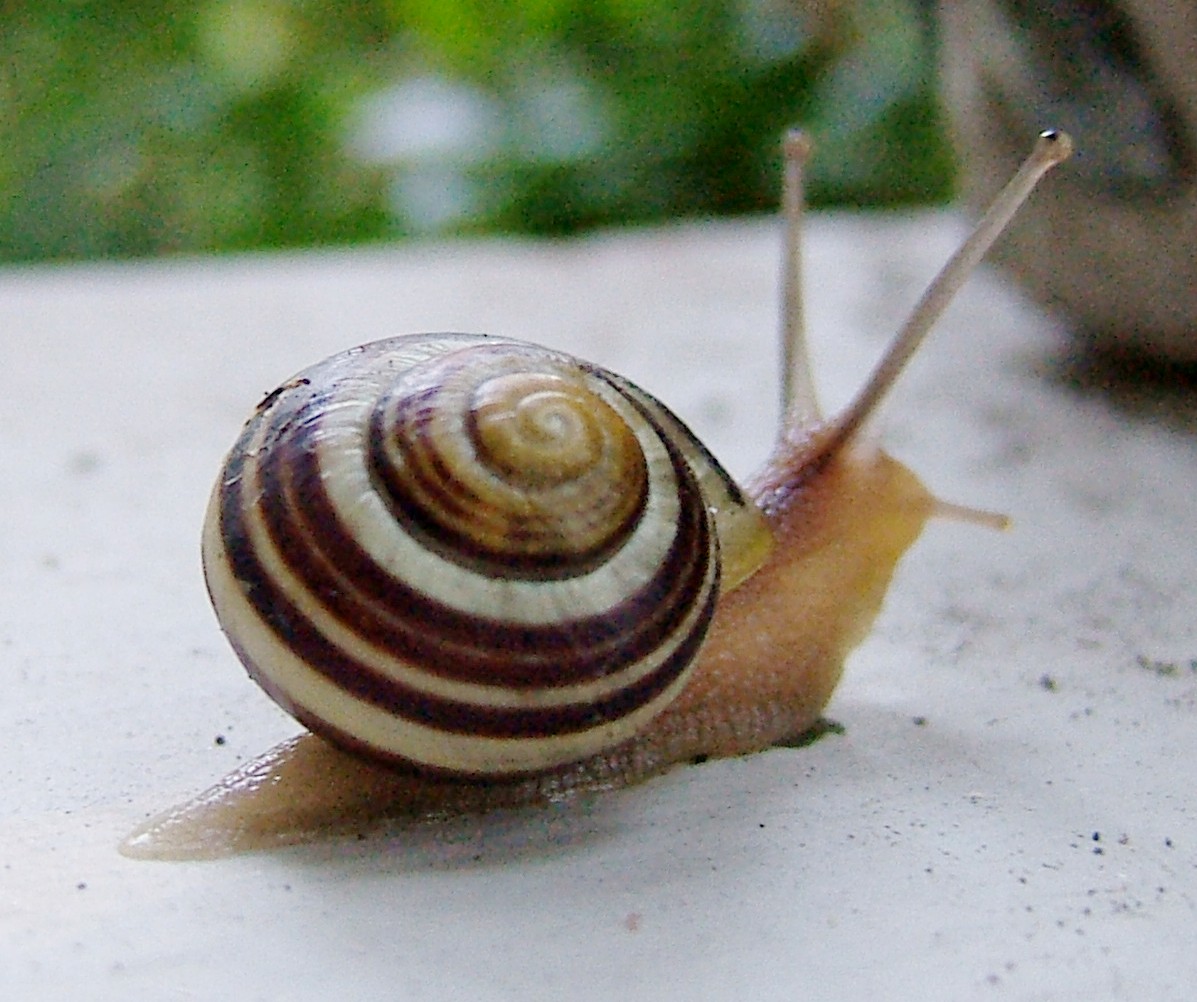Special Topic - Citing Images
It's easy to find images everywhere online, but as always, if you use an image you didn't create yourself, you must cite it, no matter how you got it or where you use it! In an academic paper, you need to follow the standards of whatever citation style you are using; for example, the image below is cited in APA:

Rousseau, H. (1896). The ship in the storm [Painting].
Henri Rousseau: Jungles in Paris. By Claire Fresches et al. Washington, DC: National Gallery of Art. 232.
Sometimes, for presentations or other non-academic products, you may be allowed to cite an image informally. In that case, simply include as much of the following information as you can find and use it to caption the image: Look for the image's author/creator, the image title, the year of creation, repository information (museum, library, organization, owners of the image), where you found it (database, website, book, etc.), and the URL of the image if it came from a website. See the snail below for an example of correct informal image citation:

Photograph by Chris Burk. Public Domain, found via Wikimedia Commons.
What is Copyright?
You may come across copyright restrictions looking for images to use in your work - Copyright is the legal protection for creative works that controls how people use an author/artist's creation, imposing specific rules for where, why, and how you use those creations. A lot of images you'll find may be copyrighted, and because of this, if you use it without permission or outside the rules of copyright (such as, if you try to make money off your own use of the image), you can be fined by the government. Fortunately, for most classwork, you are allowed to use images under the Fair Use rule, as long as you cite them! You may also be able to find free, un-copyrighted images online (see box below for sources).
Copyright restrictions can be confusing to understand. Here are the most useful key terms for your use of images:
Fair use: Copyrighted images cannot be used without the creator's permission UNLESS usage falls into the category of fair use, which includes scholarly, critical, and research purposes. This means you can use copyrighted images in papers for your classes (still remembering to cite them)! If you are unsure whether certain use of an image constitutes "Fair Use," use this checklist.
Public Domain: These are images that are "owned" by the public because their copyright has expired, or because they were never copyrighted in the first place. Public domain images may be used by anyone for personal or commercial purposes.
Creative Commons: Creative Commons images can have a number of different licenses and restrictions - sometimes they allow you to use their images freely, or sometimes only for a specific purpose. Check what kinds of usage the license allows for before using CC images. The Creative Commons website has more information.
Open Access: Open access works have free and unrestricted online availability. You can download, print, reuse, and distribute these images or texts. However, as before, this does not exempt you from citing the author/owner of the source.
Links for Free, Usable Images
-
Wikimedia CommonsA database of 27,159,271 freely usable media files.
-
Library of Congress PPOCThe Library of Congress's Prints and Photographs Online Catalog. Contains photographs, fine and popular prints and drawings, posters, and architectural and engineering drawings from United States history.
-
Google Advanced Image SearchGoogle Image Search has the option to limit by usage rights. Choose "free to use, share or modify, even commercially" for the least-restrictively licensed images.
-
Flickr Creative CommonsFlickr hosts lots of Creative Commons images. This links to the Flickr portal to creative commons, including a key to the licenses in the right column.